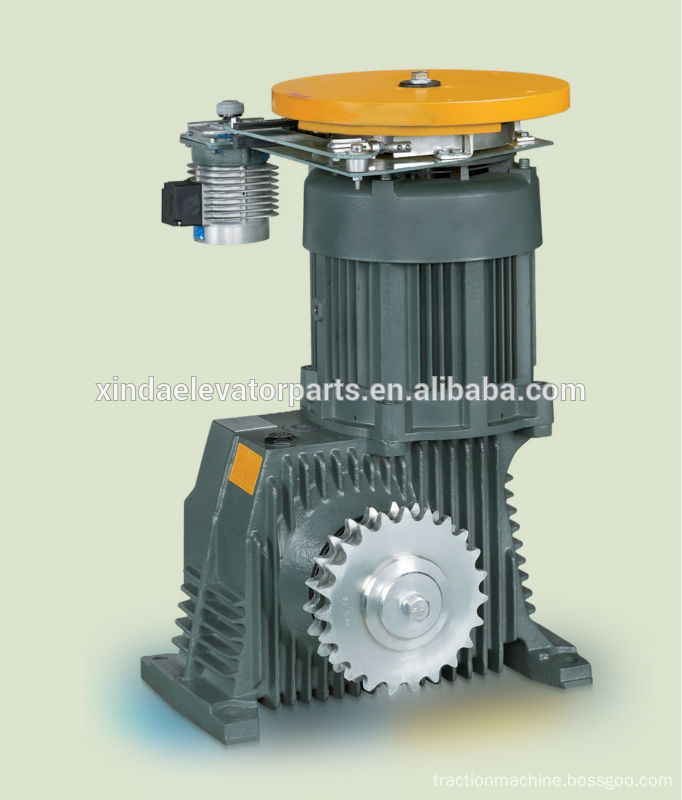When applying **pesticides** to cotton for pest and disease control, adverse weather conditions can significantly impact the quality of the spraying process, reduce effectiveness, and even lead to phytotoxicity. To address these challenges, farmers have implemented various strategies based on weather changes, in order to achieve better pest management outcomes.
On windy days, the cotton plants may not be treated evenly due to the wind, which reduces the effectiveness of the pesticide application. In such cases, it is advisable to use systemic and penetrating pesticides that can still work effectively even if the spray is slightly scattered. The spray nozzle should be kept close to the plant to minimize drift, and applicators should position themselves upwind to avoid inhaling the mist.
On rainy or overcast days, the risk of rain washing away the pesticide increases, which can lower its effectiveness. To counter this, fast-acting contact pesticides with quick knockdown effects are recommended. After rainfall, the concentration of the pesticide solution can be slightly increased, while the volume is reduced, ensuring a quick and even spray on the cotton plants. This helps prevent dilution from rainwater and ensures more uniform coverage.
During high-temperature days, especially at midday when the sun is intense, it's important to avoid using pesticides that degrade quickly under sunlight, such as phoxim, or highly toxic products. Instead, opt for efficient, low-toxicity, heat-resistant formulations. The spray solution should be diluted slightly, and the volume increased to prevent rapid evaporation, which could cause leaf burn or harm to the applicator.
In foggy conditions, where dew is present on open-air cotton leaves, the spray liquid may drip along with the dew, reducing effectiveness. According to the **China Pesticide Network**, one effective method is to use high-concentration, ultra-low-volume spraying techniques. This allows the pesticide to be evenly distributed on the plant, maximizing efficiency and saving resources. Applicators must also take precautions by working in well-lit areas to avoid exposure to harmful chemicals.
Escalator Traction Machine
Specifications
energy-saving, less maintenance, low noise
Suit for all kinds of machine room above lift/elevator
Gearless Traction Elevator for Escalator Machine
Product Characteristics
Drive: VVVF drive
Deadweight: 320kg/430kg
Noise level:<58dB(A)
Torsional vibrations: <0.8~1.2mm/s ;<2.0mm/s
Horizontal and vertical vibrations: <0.8~1.2mm/s
Rated output torque: 886N·m~1463N·m; 1072N·m~2925N·m
Arrangement: right side

Escalator Geared Traction Machine, Traction Machine for Lift and Escalator, Gearless Traction Elevator for Escalator Machine
Ningbo Xinda Elevator Traction Technology Co., Ltd. , https://www.xinda-elevator.com